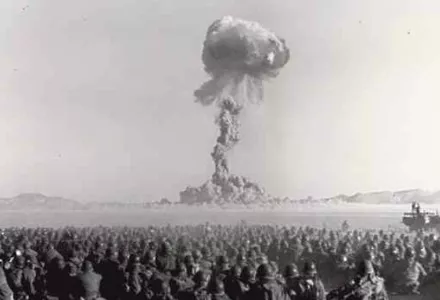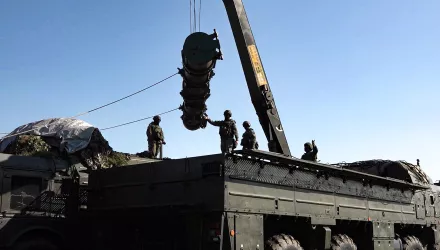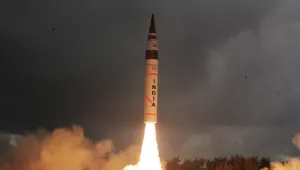Pakistan’s Battlefield Nuclear Weapon: An Irrational Solution To An Overvalued Problem
In 2011, for the first time, Pakistan tested its short-range low-yield battlefield nuclear weapon. Since then, it has been tested on four occasions. The weapon is seen as a riposte to the limited war 'Cold Start' doctrine espoused by the Indian Army in 2002. Pakistan has argued that if India decides to engage in rapid 'Cold Start' style limited incursions into Pakistani territory to avoid crossing Pakistan's strategic nuclear threshold, then Pakistan would lower that threshold by using its battlefield nukes. How rational is this strategy? How viable is the 'Cold Start' doctrine? MTA/ISP Fellow Jaganath Sankaran will explore these two questions in detail.




